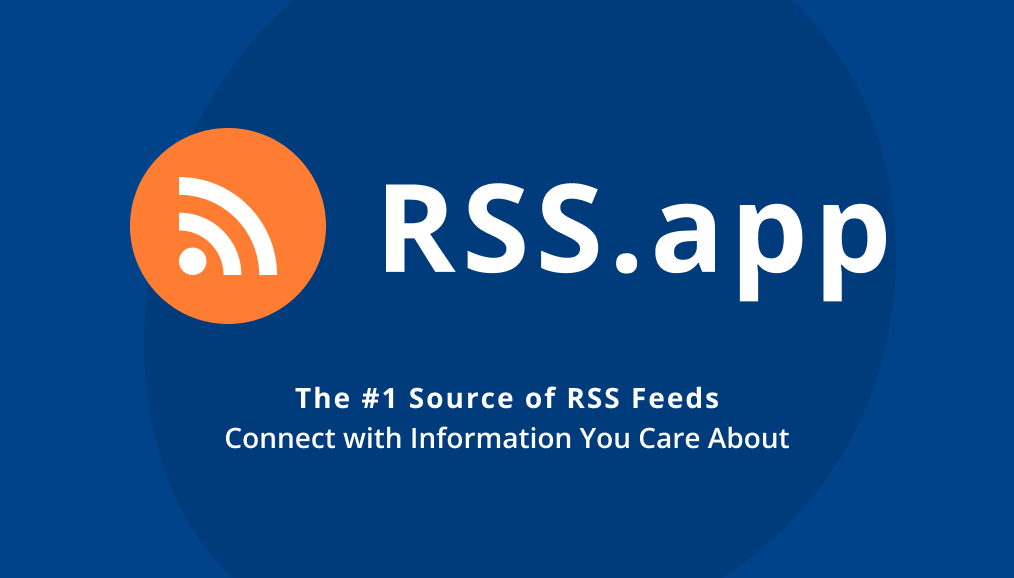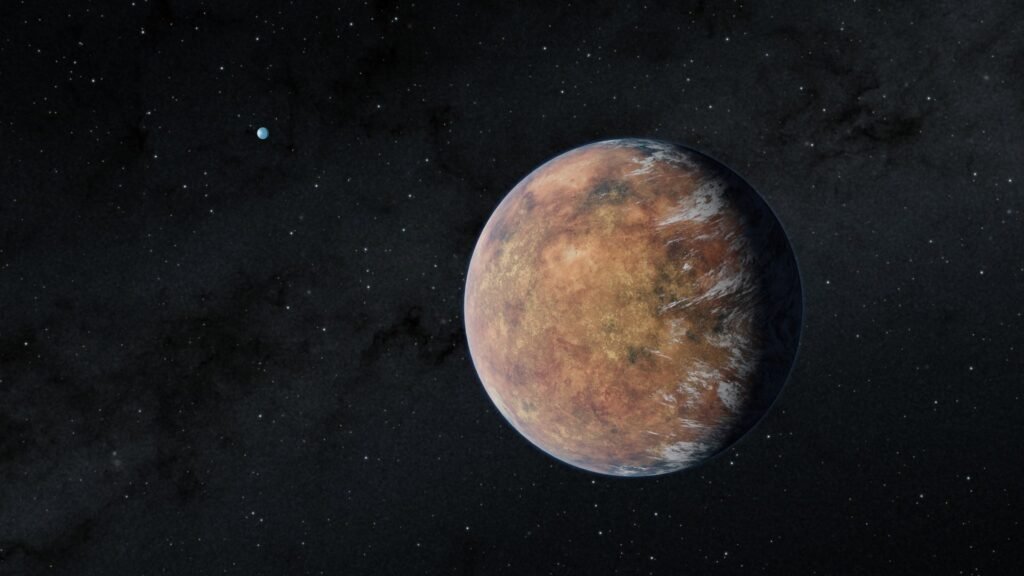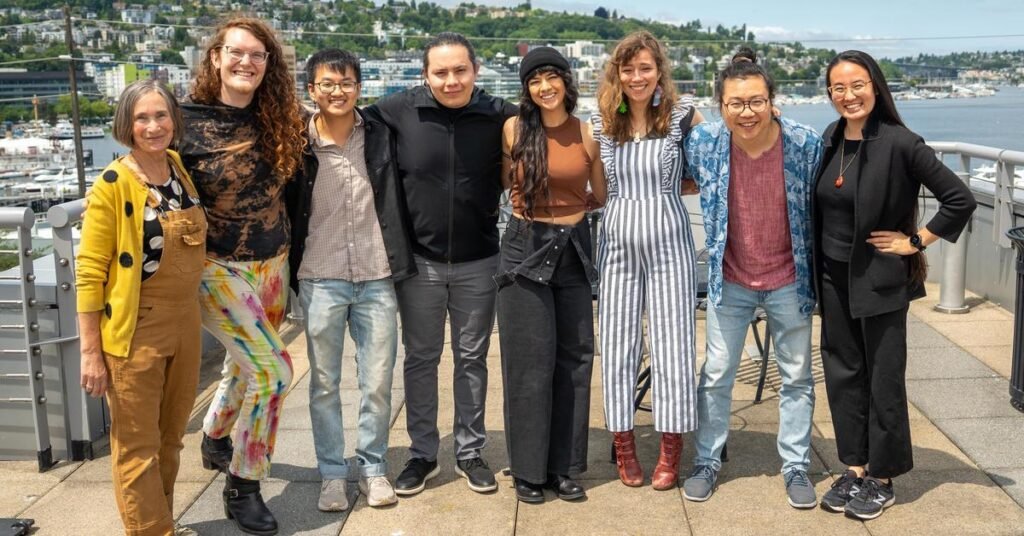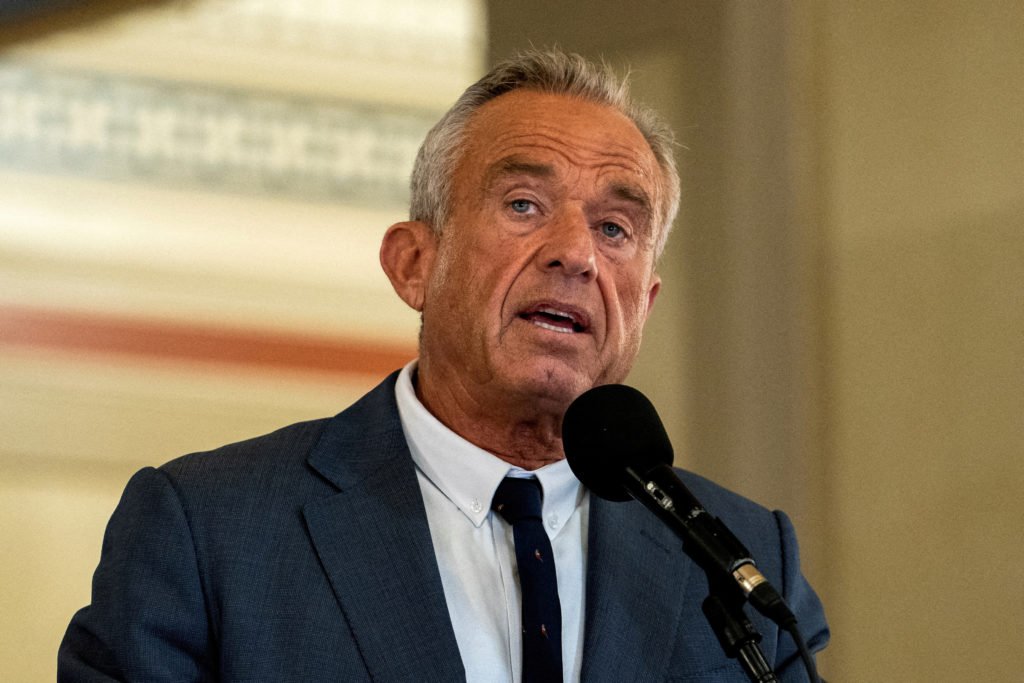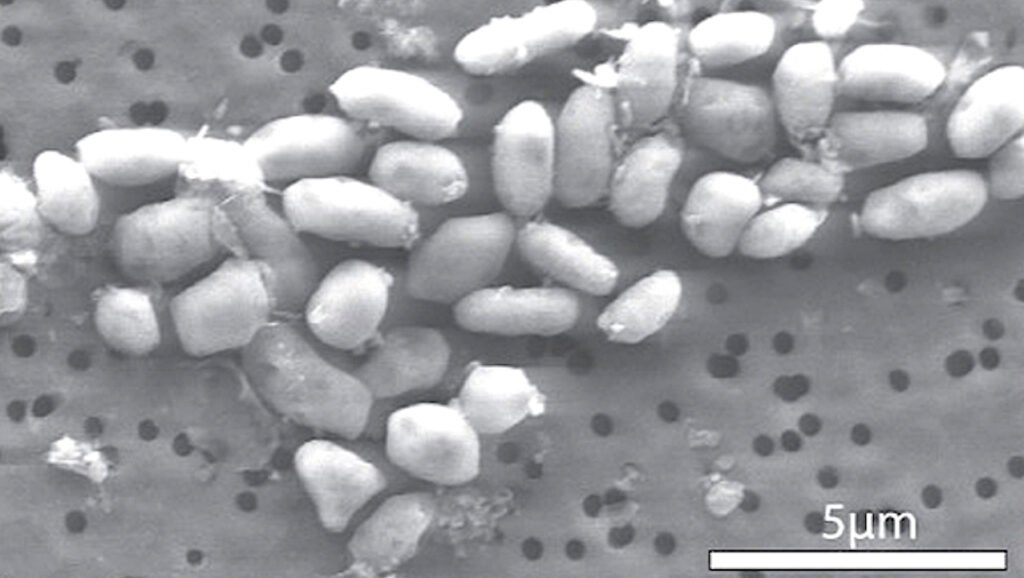At first glance, art and science might seem like opposite worlds — one driven by imagination and emotion, the other by data and precision — but at their core, both seek to explore and explain the world around us. When these two fields intersect, they spark creativity, deepen understanding and invite new ways of interpreting ideas.
Two years in the making, SxAffold is a new initiative designed to spark meaningful collaboration between scientists and artists. In early June, the program, sponsored by Brotman Baty, launched its inaugural cohort — six artists working across various media — who came together for a fully funded, week-long workshop at Fred Hutch.
“We’re not really inventing anything new,” said Rodrigo Guzman-Serrano, a SxAffold organizer and art historian from Cornell University. “We’re trying to bring back some of that collaborative process in science by including artists in the research process and the laboratory work.”
In addition to creative collaboration, the workshop offered professional development opportunities for Fred Hutch scientific principal investigators, or PIs, including guidance on securing funding and best practices for hosting artists in their labs.
“The main thing I’m really excited about with Sxaffold and other projects that bring together science and art is the idea that we can reconstruct and redefine how scientists and artists might interact,” said Sxaffold organizer and Fred Hutch assistant professor Nasa Sinnott-Armstrong, PhD.
This interdisciplinary collaboration may not seem intuitive, but it highlights the mutual value each discipline brings to each other.
“They’re often thought of as completely separate, but in reality, scientists need art to be effective communicators, drawers, designers — effective scientists,” said Sinnott-Armstrong. “And artists can benefit from scientists by refining, redefining and restructuring their work. There’s an awesome opportunity to create collaboration and potentially even define new fields that interact between science and art.”

